10 tips to protect laptops
Whether you use your laptop at home or outside, following these steps will help protect your computer from wireless dangers.
The more people who use laptops as the main computer at work, the more vulnerable the laptop is to attackers in the large wireless world. Here are 10 tips to help you protect and best use a wireless network, whether you're at home or at the office .
1. Make sure you are connecting to the correct network
Although this may seem a bit absurd, there are many who intentionally named the ' Linksys ' wireless connection or by the names of other providers in order to trick the less cautious people into connecting.

Avoid peer-to-peer links like Linksys in the example above
Your laptop will be set up to automatically connect to a separate SSID access point because the network uses a common connection name, thereby attracting more unsuspecting users. An attacker can also use some tools (such as AirJack) to disconnect the user from connecting properly and then connect to the phishing network he created.
When this is the case, pay attention to the network connections displayed on the screen, especially the unusual icons next to the connection. The symbol resembles a beacon that indicates an access point, indicating that two computers with connection signals are connected equally. You should avoid these peer-to-peer connections. There is also a lock icon on the screen that indicates whether or not an access point is using the encryption protocol. In the screenshot above (for example, using Windows XP), the wireless network is an encrypted access point, while the computer is disconnected towards another computer called ' Linksys '.
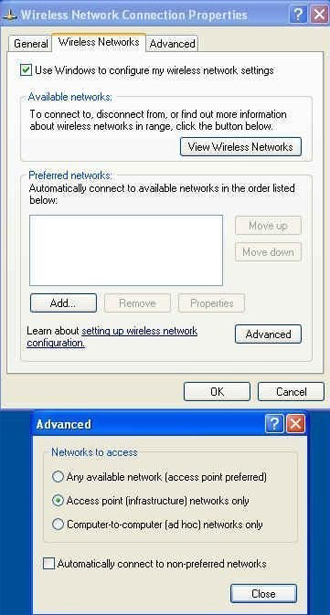
Select the option to only access basic networks
If you are worried about this, there are several steps that can be applied including disabling automatic connections and using a unique name for your home network. Go to the Wireless Networks section, click the ' Advance ' button and uncheck the option " Access point (infrastructure) networks only "
If you are using SP2, configure the wireless networks to not automatically connect by going to the ' Connection ' section under Wireless Properties.
2. Connection security
If you do not mind sharing your wireless network with all your neighbors, you do not need to perform this procedure and let your network access point not be secured.
Make sure your home wireless network is protected with WPA2 encryption. WPA2 is the most powerful encryption method, and even though it is a bit difficult to install, it helps keep your home network from outside eyes. To support WPA2, you need to install XP patch (and run on SP2).
Set up WPA2 as soon as you have installed the patch, note the wireless network information, select WPA2-PSK from the drop-down menu.
In case you cannot run WPA2 on all machines at home, try other encryption programs. ('Open' as shown in the screenshot below means there is no encryption available on your computer). When done, select an encrypted wireless network if you want to access it separately and need a password.
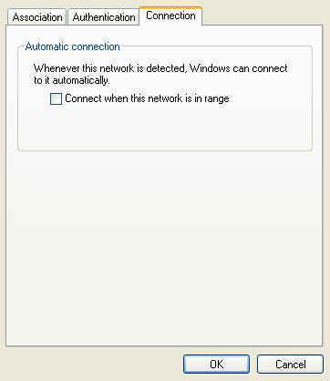
Network encryption at home with WPA2
3. What is the frequency?
If you want your home wireless network to achieve the best speed, set up access points using a frequency channel that is different from the frequency of the neighbor network. Of course, this frequency can change every day when a new member joins or when neighbors install new equipment, so it's hard to check the hazards around and know who is on Which frequency.
Every wireless adapter has software on the screen, but sometimes you have to find it on your hard drive. On the screenshot below, we use the Linksys display software on the screen and see which wireless network is being broadcast on which channel along with other information such as what type of encryption is being used and the address. MAC of access point.
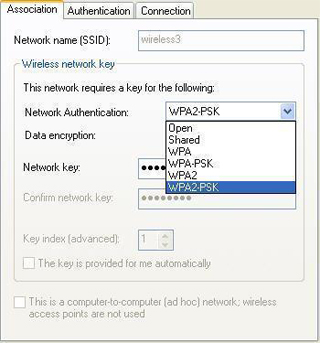
Using wireless frequencies does not match neighbors
Frequency channels are very important because Wi-Fi networks have a certain amount of frequency bands in effect. Each 802.11 protocol (a, b, g and n) uses different frequency combinations that allow multiple devices to transmit. (Moonblink offers the most used, most used 802.11b graphical interface today).
Although 802.11b has 11 different frequencies, only 3 of them don't match: 1,6 and 11. The result is worse when you add wireless devices, because in addition to overlapping Frequency, 802.11n products may in fact interfere with older 11b / g devices.
4. Detect the strongest signals
You often have to choose the network to connect. And of course you will choose the network with the strongest signal strength possible. The stronger the signal, the faster the connection and the less time you waste.
In the past few years, some people have installed external antenna systems with small hard boxes to increase the signal, but since the wireless network adapters have been built it has been better integrated into laptop, this is more difficult to implement. (You will have to open the laptop to see if the antenna wires can be removed.) It is best to use devices with 802.11g or n adapters.
You won't have to connect a cord to a laptop, just sit in one place and find the best connection. Please observe the installation location, you will have a correct choice. Often you can access wireless networks at the airport or refreshing cafés. Of course, it would be good if the Wi-Fi area is wide, but you also have to watch out for the usual hazards on today's public wireless networks.
5. Turn off the wireless network adapter when you go outside
You can save your computer battery while also being better protected by turning off Bluetooth waves.
In addition, you should turn off shared files when you access the public network. To do this, go to the wireless connection information table and remove both " Client for Microsoft Networks " and " File and Printer Sharing for Microsoft Networks " options.
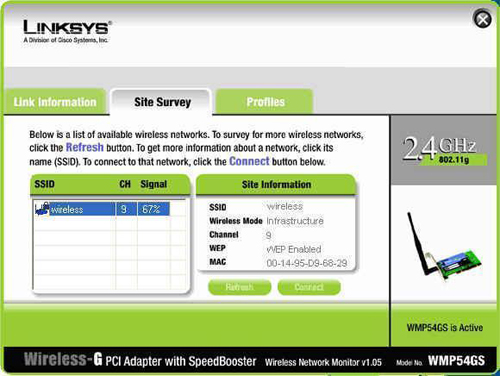
Turn off shared files
Finally, turn off the iTunes sharing settings. In many hotels, I can browse music libraries and shared folders of other guests. Of course, you won't expect this to happen, so you can turn them off in iTunes' Preferences in the Sharing section.
6. Use full disk encryption
Also use better protection for USB drives. You can never know when someone will steal your data or break into your car and your own room and bring your laptop. I like to use PGD Disk but there are many other tools that are almost free and offer a lot of protection functions. Plus, use a security key when you leave your laptop in the hotel room.
7. When you have a network connection problem, try restarting Windows
Sometimes Windows is disturbed and restarting the computer will help stabilize the network connection. I don't know why that is so. Mac hardly has this problem.
8. Make sure your computer has a working firewall
I use Kaspersky, but there are dozens of other programs that can protect your laptop like free programs AVG or Zone Alarm. You need to use them if you don't want to encounter any danger when you go online. Windows already has a built-in firewall from XP SP2, but none includes a good version of Vista by using a third-party software.
9. Carefully select connection points and suppliers
When traveling, you should first try the free internet at the hotel or public libraries. If not, you will have to find somewhere with T-Mobile services because it is guaranteed to be safe and also supports encrypted connections. Many airports now charge for each of your visits but take note of the 4th tip when looking for a restaurant or other places where you get free access.
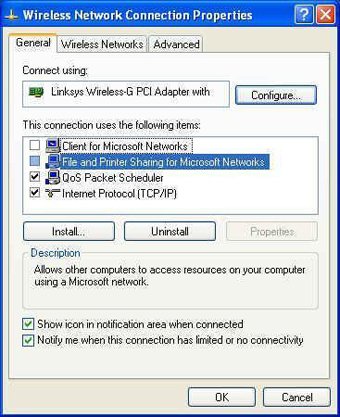
Disable automatic connections to the wireless network
10. Don't accept SSL and public SSH keys
Before accepting anything, find out about it. Don't log in to a public hotspot that gives you invalid information and expects you to access it.
Last words
Following these 10 small tips is that you protect your laptop against most possible situations and can balance the advantage of using wireless networks.
 Qosmio recently used PS3 Cell chips
Qosmio recently used PS3 Cell chips Admire the ASUS Eee PC 1000
Admire the ASUS Eee PC 1000 Intel developed the 3rd generation Classmate PC laptop
Intel developed the 3rd generation Classmate PC laptop The Acer Aspire one 'white clam shell' officially launched
The Acer Aspire one 'white clam shell' officially launched Dell introduced millions of 'chameleon' laptops in Vietnam
Dell introduced millions of 'chameleon' laptops in Vietnam Lenovo Y510 mobile entertainment center
Lenovo Y510 mobile entertainment center